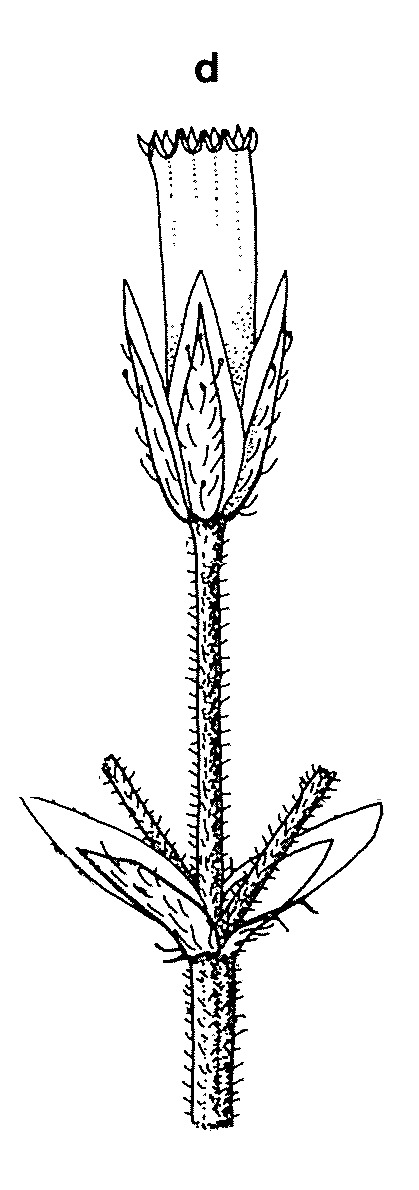Cerastium balearicum
Balearic Mouse-ear ChickweedAnnual with slender taproot; hairs glandular and eglandular. Stems erect or ascending, 1–15(–23) cm long. Leaves 2–12 mm long, 1–5(–7) mm wide; rosette leaves oblanceolate-elliptic, petioles to 5 mm long; upper leaves sessile, ovate. Inflorescence lax, few-flowered; bract margins broadly scarious. Flowers (4–)5-merous; pedicels to 5 mm long; calyx glandular-pilose, sepals ovate, 2.5–5 mm long, acute, margins narrowly to broadly scarious; petals more or less half sepal length or less, acute, entire or with 1–2 acute lateral teeth; styles 4–5. Capsule straight to slightly curved, 3.5–7 mm long; seeds reddish-brown, finely minutely asperate-tuberculate, 0.4–0.5 mm diam. Flowers Aug.–Nov.
LoM, Wim, GleP, VVP, GipP, Gold, NIS, EGL, EGU, HSF, VAlp. Also naturalised WA, SA, NSW, Tas. Native to the Mediterranean area. A widespread and sometimes abundant weed of disturbed ground, lawns and waste places.
Except for Eichler (1965), the name 'Cerastium semidecandrum' has been universally misapplied in Australia to this common weed.
Adams, L.G. (1996). Caryophyllaceae. In: Walsh, N.G.; Entwisle, T.J., Flora of Victoria Vol. 3, Dicotyledons Winteraceae to Myrtaceae, pp. 228–271. Inkata Press, Melbourne.




